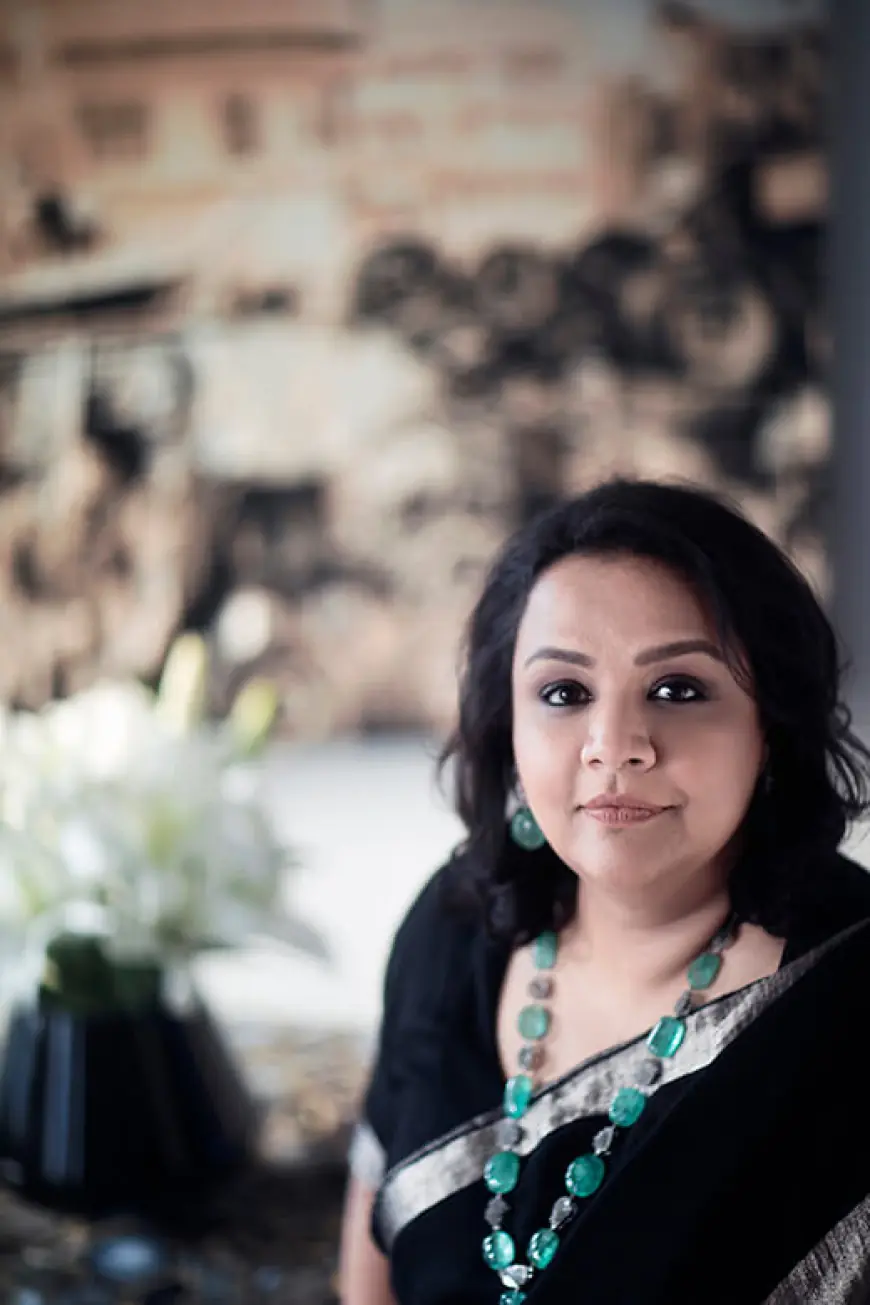Sacred Strokes: Exploring Traditional Temple Painting Designs of India
Temple Painting Designs are sacred expressions of devotion and storytelling, seen across India's ancient temples. These intricate artworks, often found on walls and ceilings, depict mythological tales, deities, and nature-inspired motifs like lotuses and peacocks. Each region brings its own style—Kerala’s earthy murals, Tamil Nadu’s vivid ceiling paintings, and Rajasthan’s iconic Pichwai art. Today, artists like Pooja Singhal are reimagining these traditional designs for contemporary spaces, blending heritage with modern aesthetics. Through exhibitions and innovative formats, Pichwai Art by Pooja Singhal helps preserve and popularize this timeless tradition, ensuring that Temple Painting Designs continue to inspire across generations.

Introduction to Temple Paintings Designs
Indian temples have long served not only as spiritual centers but also as vibrant hubs of art and culture. Among the most striking aspects of temple architecture are the intricate Temple Painting Designs that adorn walls, ceilings, pillars, and sanctums. These designs are not merely decorative but deeply symbolic, telling stories from ancient epics, mythology, and local folklore. Each region of India brings its own unique style and color palette to these sacred artworks.

Elements and Motifs in Temple Paintings Designs
Temple Painting Designs often feature deities, celestial beings, devotees, and natural elements like lotuses, elephants, peacocks, and trees. The compositions follow strict iconographic guidelines passed down through generations, ensuring spiritual accuracy and artistic harmony. Traditional materials like natural pigments, vegetable dyes, and gold leaf are used, reflecting the craftsmanship and devotion that go into each artwork. These paintings are not just visuals — they are visual prayers embedded into architecture.
Regional Styles Across India
Different regions of India have given rise to distinct styles of Temple Painting Designs. In Kerala, for instance, murals painted on temple walls follow a distinct earthy palette and bold outlines. Tamil Nadu’s temples are famous for their vivid, high-relief ceiling paintings depicting stories from the Ramayana and Mahabharata. In Rajasthan, especially Nathdwara, a special style known as Pichwai has evolved, portraying Lord Shrinathji in various moods and seasons. These regional variations show how rich and diverse the tradition of temple paintings truly is.
Revival Through Pichwai Art by Pooja Singhal
In the modern context, traditional Temple Painting Designs are being revived and reimagined for contemporary audiences. One of the leading figures in this movement is Pichwai Art by Pooja Singhal, an atelier that breathes new life into centuries-old art forms. Her work not only preserves the devotional essence of Pichwai but also adapts it into innovative formats — miniatures, textile hangings, and modern installations — making the art accessible to both collectors and spiritual seekers.

Tradition Meets Modern Aesthetics
Temple Painting Designs today are not limited to temple walls. With growing interest in heritage and spiritual art, these designs are being adapted into home décor, museum exhibits, and art fairs. Pichwai Art by Pooja Singhal has successfully brought this sacred tradition into the spotlight through exhibitions at major art platforms. Her works preserve the intricate beauty of temple art while aligning with contemporary tastes, thus ensuring the relevance of these designs for future generations.
Conclusion: Living Devotion Through Art
Temple Painting Designs are more than art — they are embodiments of devotion, culture, and identity. Whether seen on ancient temple walls or in modern interiors, these sacred visuals continue to inspire awe and reverence. Thanks to initiatives like Pichwai Art by Pooja Singhal, this divine tradition is not only surviving but flourishing, connecting the past with the present through the language of color, form, and faith.
What's Your Reaction?
 Like
0
Like
0
 Dislike
0
Dislike
0
 Love
0
Love
0
 Funny
0
Funny
0
 Angry
0
Angry
0
 Sad
0
Sad
0
 Wow
0
Wow
0
















































